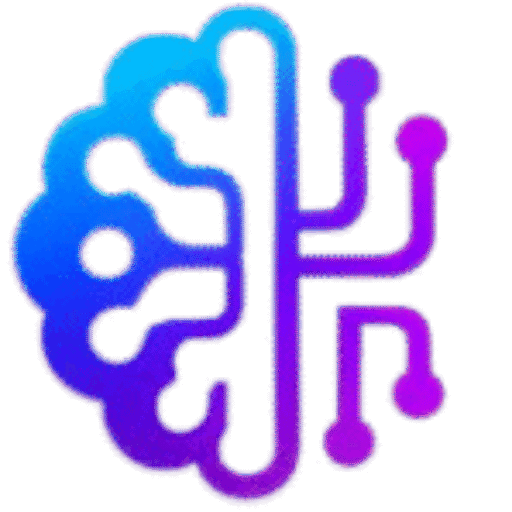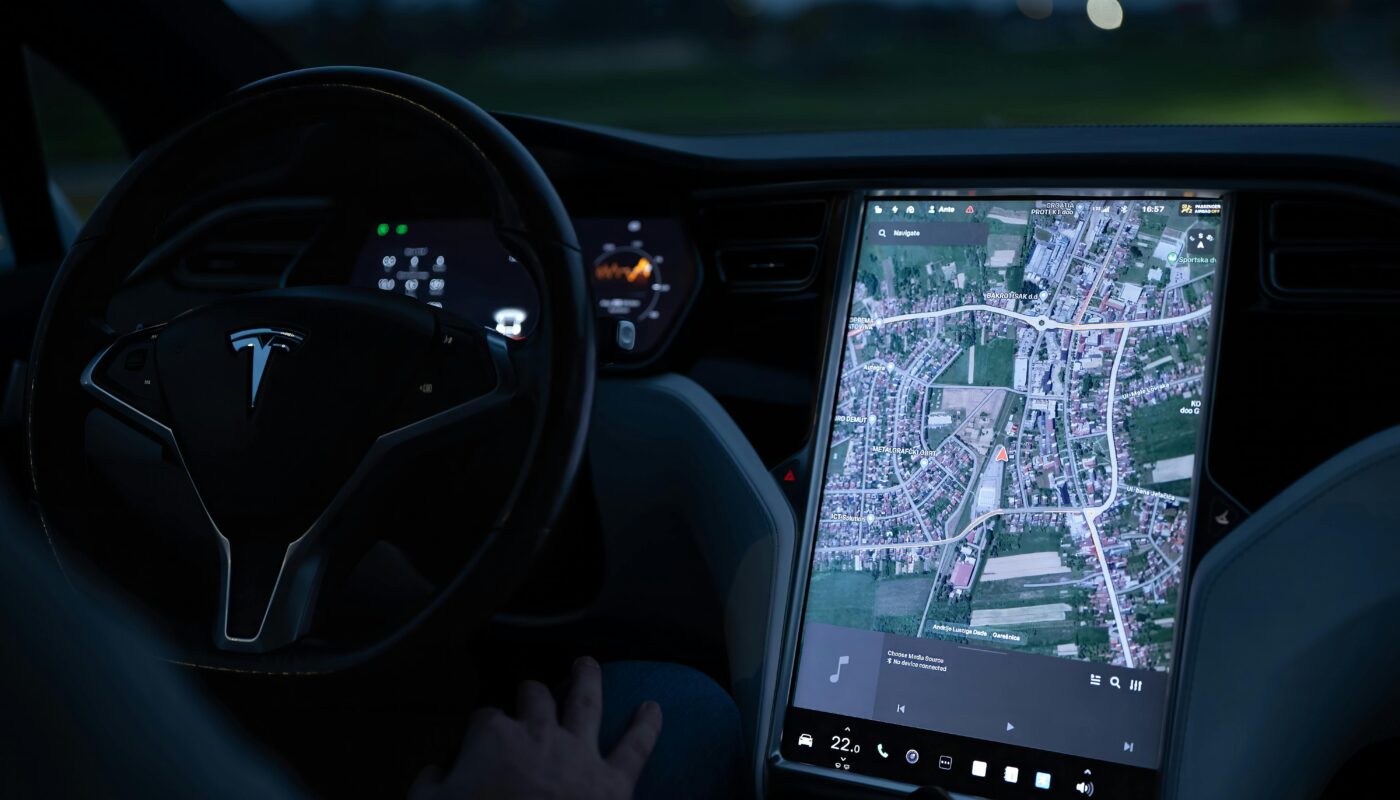How to Use AI Tools for User Journey Mapping
Introduction
In today’s digital-first world, understanding the customer journey has become more important than ever. Businesses cannot rely on guesswork when trying to convert visitors into loyal customers. Instead, they need data-driven insights that reveal how users interact with websites, apps, and products.
That’s where AI-powered user journey mapping comes in.
Artificial Intelligence is transforming the way brands collect, analyze, and optimize customer experiences. By using AI tools for journey mapping, businesses can visualize every step a user takes — from awareness to purchase — and identify friction points, engagement gaps, and opportunities for personalization.
In this guide, we’ll explore:
- What user journey mapping is
- Why AI is a game-changer for journey analysis
- The best AI tools for user journey mapping
- Step-by-step process to map user journeys using AI
- Real-world examples and case studies
- Challenges and solutions
- Future of AI-driven user experience
1. What is User Journey Mapping?
A user journey map is a visual representation of how customers interact with your brand across different touchpoints. It shows the path a customer takes, from the moment they discover your business to the point of conversion (purchase, signup, subscription) and beyond.
Key Elements of a User Journey Map:
- Persona – Who is the user?
- Stages – Awareness, consideration, decision, post-purchase.
- Touchpoints – Website, social media, emails, ads, support chats.
- Emotions – How does the user feel at each stage?
- Pain Points – What challenges do they face?
- Opportunities – How can the brand improve?
Traditionally, businesses created journey maps based on surveys, interviews, and assumptions. But this approach has limitations — it’s slow, biased, and often outdated.
2. Why AI is a Game-Changer for User Journey Mapping
AI revolutionizes user journey mapping by introducing automation, real-time analysis, and predictive insights. Instead of relying on guesswork, businesses can leverage AI tools to track actual user behavior.
Benefits of Using AI in Journey Mapping:
- Data-driven accuracy – AI processes large datasets from websites, CRMs, chatbots, and analytics platforms.
- Real-time insights – Instead of waiting weeks for research, AI provides instant journey visualizations.
- Personalization – AI identifies patterns and predicts what each user segment needs.
- Friction detection – Machine learning models can spot drop-offs, abandoned carts, or negative experiences.
- Predictive behavior – AI forecasts how users are likely to behave in the future.
Example: Instead of manually checking why users abandon checkout, AI can show that 65% of users drop off after seeing high shipping costs.
3. AI Tools for User Journey Mapping
There are several AI-powered platforms that help businesses build, analyze, and optimize customer journeys.
3.1 Google Analytics 4 (GA4) with AI Insights
- Provides AI-driven predictions about user churn, engagement, and conversions.
- Tracks cross-platform journeys (web + app).
- Helps identify critical drop-off points.
3.2 Contentsquare
- Uses AI to analyze digital experiences.
- Provides heatmaps, session replays, and customer journey analytics.
- AI highlights where users feel frustrated (rage clicks, repeated actions).
3.3 Amplitude
- Specializes in product analytics and journey mapping.
- AI segments users and predicts retention rates.
- Great for SaaS and product-led businesses.
3.4 Qualtrics XM
- Combines survey insights with AI-driven sentiment analysis.
- Helps understand emotions behind user actions.
3.5 Pendo
- AI monitors in-app journeys for software users.
- Provides insights into onboarding, adoption, and retention.
3.6 FullStory
- AI highlights user struggles and friction points.
- Session insights help brands refine UX.
3.7 Adobe Experience Platform
- Enterprise-grade AI for journey orchestration.
- Provides real-time customer profiles and predictive engagement.
4. Step-by-Step Process: How to Use AI for User Journey Mapping
Let’s go through a step-by-step framework to create an AI-powered journey map.
Step 1: Define Your Goal
- Do you want to increase conversions?
- Improve onboarding?
- Reduce churn?
Step 2: Collect Data Sources
AI requires multi-channel data, including:
- Website analytics
- Mobile app activity
- CRM data
- Chatbot conversations
- Social media interactions
- Email engagement
Step 3: Feed Data into AI Tools
Use tools like GA4, Amplitude, or Contentsquare to aggregate and process data.
Step 4: Identify User Segments
AI can automatically cluster users into groups:
- New visitors vs. returning customers
- High-value vs. low-value users
- Mobile vs. desktop users
Step 5: Map the Journey
- AI generates visual journey maps showing paths users take.
- Highlight stages: awareness → engagement → conversion → loyalty.
Step 6: Detect Friction Points
- Where do most users drop off?
- Which touchpoints cause frustration?
- What emotions are linked to drop-offs?
Step 7: Apply Predictive Analysis
- Use AI to forecast future behaviors.
- Example: Predict which users are likely to churn within 7 days.
Step 8: Personalize Experiences
- Recommend products or content based on behavior.
- Use AI chatbots to guide users at friction points.
Step 9: Test & Optimize
- Run A/B tests suggested by AI.
- Continuously refine the journey map.
5. Real-World Examples of AI in Journey Mapping
Example 1: E-commerce
An online store used AI (Contentsquare) to discover that mobile users abandoned carts due to hidden shipping fees. After displaying costs upfront, conversions increased by 27%.
Example 2: SaaS Company
A SaaS product used Amplitude AI to track user onboarding. AI revealed that users who skipped the tutorial were 3x more likely to churn. The company added mandatory tutorials, boosting retention by 40%.
Example 3: Banking App
A bank used AI journey analytics to track customer loan applications. AI showed that form length caused drop-offs. After simplifying the process, completion rates rose by 22%.
6. Challenges in AI-Powered Journey Mapping
- Data silos – Integrating cross-platform data is difficult.
- Privacy concerns – GDPR and data compliance must be followed.
- Over-reliance on AI – Human judgment is still necessary.
- Cost – Enterprise AI tools can be expensive.
7. Future of AI in User Journey Mapping
AI will continue to evolve, making journey mapping more predictive, personalized, and automated.
- Voice and Conversational Journeys – AI will analyze interactions with voice assistants and chatbots.
- Hyper-personalization – AI will customize journeys for each individual.
- Generative AI – Will create real-time journey visualizations and recommendations.
- Integration with AR/VR – AI will map immersive user journeys in metaverse environments.
Conclusion
User journey mapping is no longer a static, manual process. With AI, businesses can gain real-time, predictive, and actionable insights into customer behavior. By leveraging tools like GA4, Amplitude, and Contentsquare, companies can:
- Understand every step of the customer journey
- Identify friction points instantly
- Deliver personalized, conversion-optimized experiences
The future belongs to businesses that use AI to understand customers better than competitors. If you want to boost engagement, reduce churn, and increase conversions, AI-powered user journey mapping is your ultimate tool.





